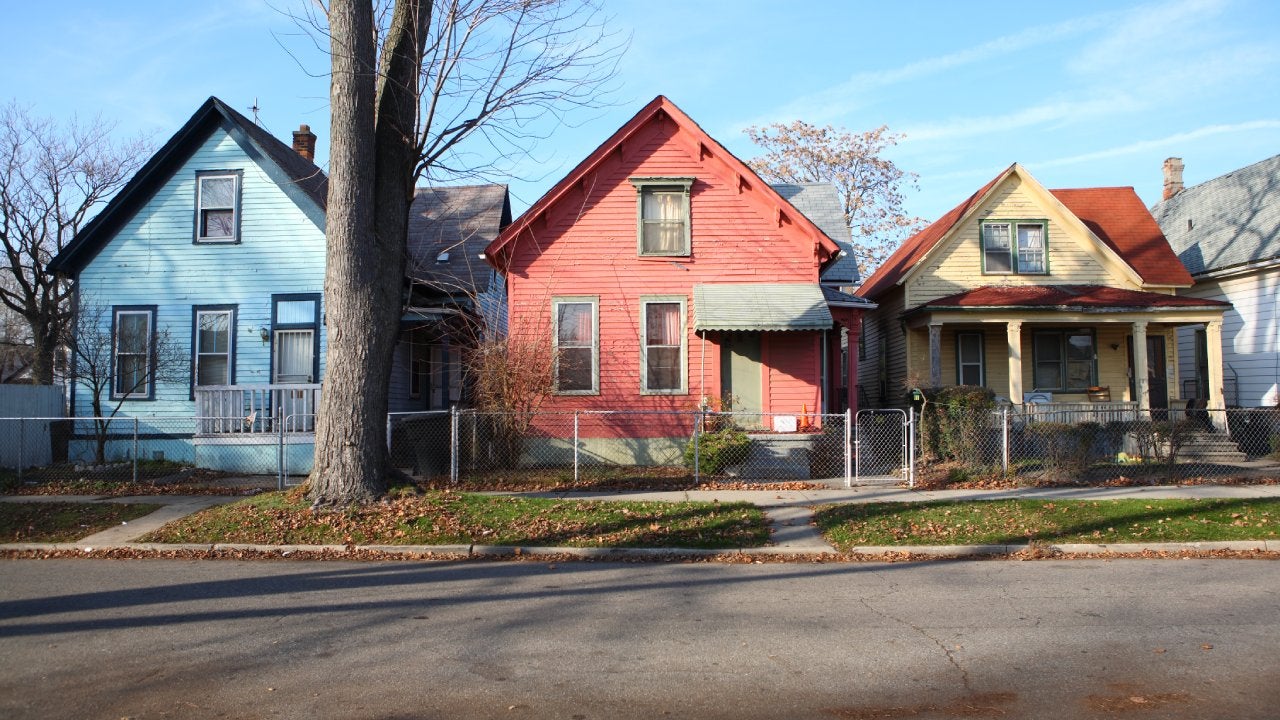What is a deed of trust?

Key takeaways
- A deed of trust is a legal agreement used in a real estate transaction in which a third party — the trustee — holds the title to the property until the borrower repays the mortgage in full.
- A mortgage is a similar agreement but doesn’t involve a third party. The borrower or lender (depending on state law) holds the title.
- Both agreements obligate the borrower to repay the home loan, with the home serving as collateral if they default.
The term “mortgage” is used whenever a person buys a home with a loan, but it’s not always the right terminology. Some states don’t use mortgages. Instead, they use a document known as a deed of trust (sometimes called a “trust deed”), a legally binding contract for a real estate transaction. Though it seems to serve the same purpose, a deed of trust is technically not a mortgage.
That begs the question: What’s the difference between a deed of trust and a mortgage?
Anyone buying a home should understand the nuances of a deed of trust compared to a mortgage — and which they’re signing, of course. So let’s dive in.
What is a deed of trust?
To get started, let’s define “deed.” This is the legal document that shows who has title (ownership) to a piece of property. There are different types of deeds, but here, we’re focusing not on the deed itself but on what happens to it.
So, what is a deed of trust? It’s a deed that gets put into a trust. Like a mortgage, a deed of trust agreement obligates the borrower to repay a home loan, with the home serving as collateral if they default. But the difference between a deed of trust and a mortgage lies with who holds the deed during the repayment period.
How does a deed of trust work?
To understand how a deed of trust works, consider that there are three parties in a deed of trust: the lender, the homebuyer/borrower, and the trustee. The trustee is a third party who plays the role of intermediary for the real estate transaction.
In the deed of trust vs. mortgage conversation, this is a key differentiator. Mortgages don’t loop in the third party; the agreement is just between the lender and the borrower.
With a deed of trust, the lender gives the borrower the funds to make the home purchase. In exchange, the borrower provides the lender with a promissory note. The promissory note outlines the terms of the loan and the borrower’s promise (hence the name) to pay. (So, the promissory note is just one component of the overall deed of trust. Specifically, it outlines the borrower’s obligation to repay the loan so they can keep the home.
At this point, with a deed of trust, the borrower transfers the real property interest to the trustee. (The “real property interest” is simply a term used to describe the right to that real estate property.)
In most cases, the trustee in a deed of trust is a title company or escrow company, though it can be another party such as an attorney or bank.
A deed of trust is not the same as a deed of reconveyance. The latter is a legal document confirming your home loan has been fully paid off. It signifies the transfer of ownership from your lender to you. As part of this process, the lender removes the lien on your property, signifying the complete repayment of your home loan. Simply put, a deed of trust is used when you first take out the loan and a deed of reconveyance is given once you’ve paid off your loan.
Deeds of trust and default
Here’s why who’s holding the title matters. Because the trustee holds the interest in the property, the trustee can take action if the borrower fails to make payments on time or fails to follow all that was agreed to in the promissory note.
If the borrower stops paying the loan, for example, the trustee has the legal right to take full control of the property. The trustee’s job is to correct the default and repay the lender. To do this, the trustee may have to sell the home — and in most deeds of trust, it has the power to do that without seeking formal court permission to foreclose on it.
State laws on deeds of trusts
“A deed of trust is not recognized by all states,” Kevin Frankel, attorney with Fiffik Law Group, a LegalShield provider law firm, explains. Deeds of trust are used in 33 states and the District of Columbia; both they and mortgages are allowed in nine states.
In the states that permit both mortgages and deeds of trust, such as Arizona and Michigan, the lender gets to choose which to use — and will probably opt for the deed of trust due to the easier foreclosure proceedings if the borrower defaults. If you have a deed of trust, you’ll usually face a nonjudicial foreclosure — meaning the trustee can just impose it. If you have a mortgage, your lender will need to seek a court judgment to seize the home.
When the lender chooses or is required to use a deed of trust, the rights and processes for the trustee to follow vary by state. In some situations, the trustee merely holds the lien on the property and is given only a few rights in terms of handling defaults on the loan. The terms of the mortgage agreement and promissory note will outline what the ultimate contract requires, so be sure to read the fine print.
Deed of trust vs. mortgage
To recap, both a deed of trust and mortgage involve agreements between the lender and the borrower (i.e. the homebuyer) that lay out the borrower’s promise to repay the loan. Both also clearly state that the home serves as collateral for the loan, meaning if the borrower stops repayment the lender has recourse.
As attorney Amy Loftsgordon, a legal editor at Nolo, explains it, “By having the borrower sign a mortgage or deed of trust, the lender has a way to get its money back if the borrower doesn’t keep the promise to make the payments — by foreclosing its lien and selling the property to a new owner at a foreclosure sale.”
A deed of trust, however, adds a third party into the agreement: a trustee, an unbiased third party that holds the property’s title while the loan is being repaid. If the borrower fails to repay the loan, the trustee has the right to foreclose on the property.
Similarities between deeds of trusts and mortgages
Both deeds of trusts and mortgages are:
- Agreements to exchange home loan proceeds for a borrower’s agreement to repay the loan
- Agreements that use the home as collateral during the repayment period
- Governed by state law
- “Filed with the office that records land records,” Frankel says.
Differences between deeds of trusts and mortgages
The key differences between a deed of trust and a mortgage are:
- Who holds the home title during the repayment period: With a deed of trust, it’s a third party, while the lender or borrower holds the title with a mortgage, depending on state law.
- The number of parties involved: With a deed of trust, there are three (borrower, lender, trustee), while a mortgage has just two (borrower, lender).
- What happens if you default: “With a few exceptions, mortgages are usually foreclosed judicially (through the court system), while deeds of trust are usually foreclosed through an out-of-court (nonjudicial) process,” Loftsgordon says. Judicial foreclosure is a lengthy process that tends to be costly because of legal fees. With a deed of trust, the lender can avoid the courts.
Bottom line
Anyone buying a home with a deed of trust should know that the home can be foreclosed quickly, without any legal proceeding in a court of law. In other words, there may not be an opportunity to get caught up on the loan.
Homebuyers or people taking on a new home loan should take the time to find out whether they have a mortgage or a deed of trust. In many cases, this will dictate how any legal proceedings will be carried out if the terms of the contract are breached.
To make sure you can afford to make your home loan payments on a long-term basis, you can use this Bankrate calculator.
Deed of trust FAQs
You may also like

What is a land contract, and how does it work?

How, and why, to set up a trust for your house

What is a deed in lieu of foreclosure?



